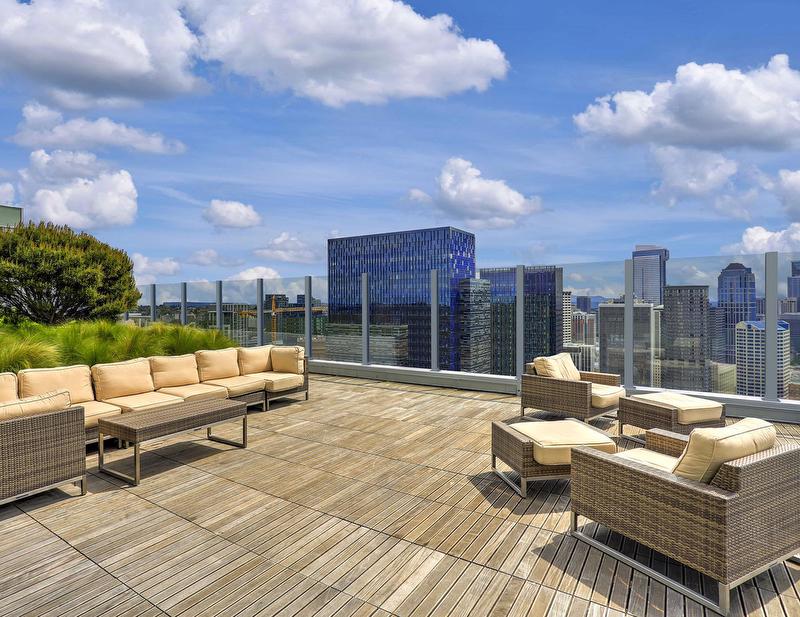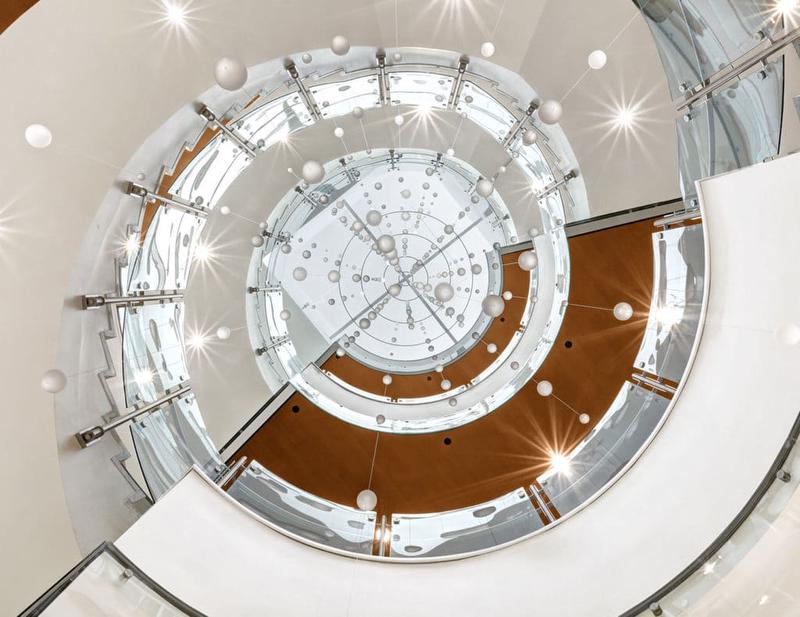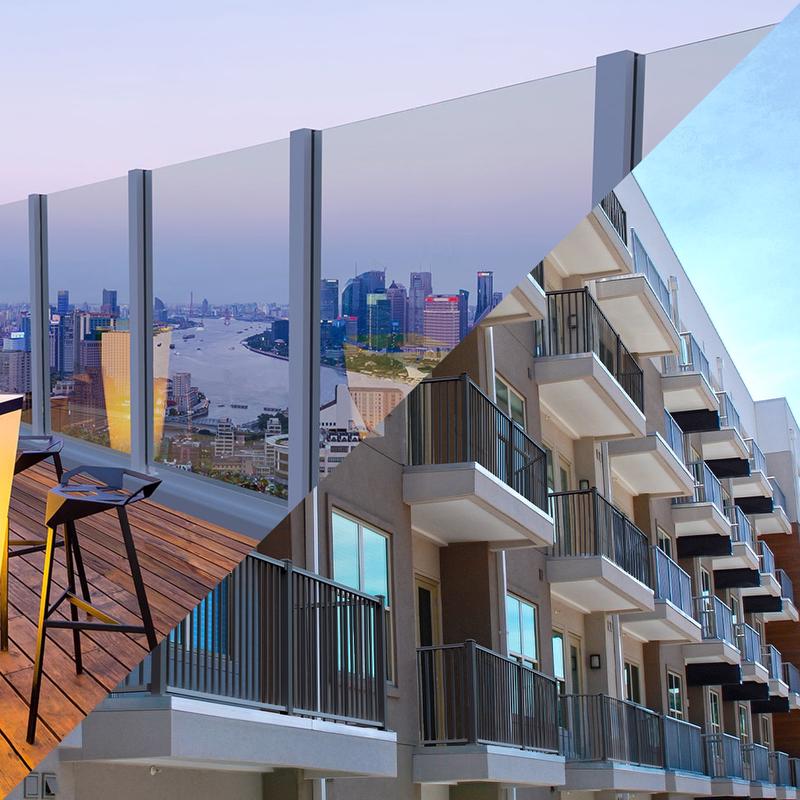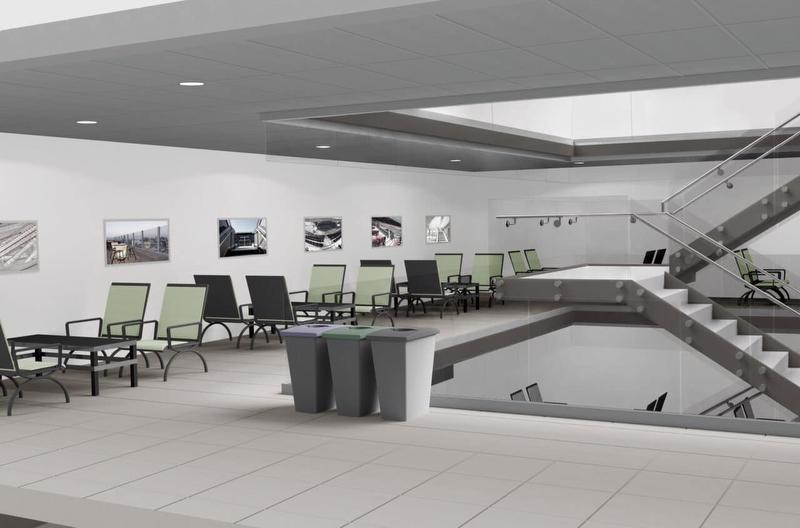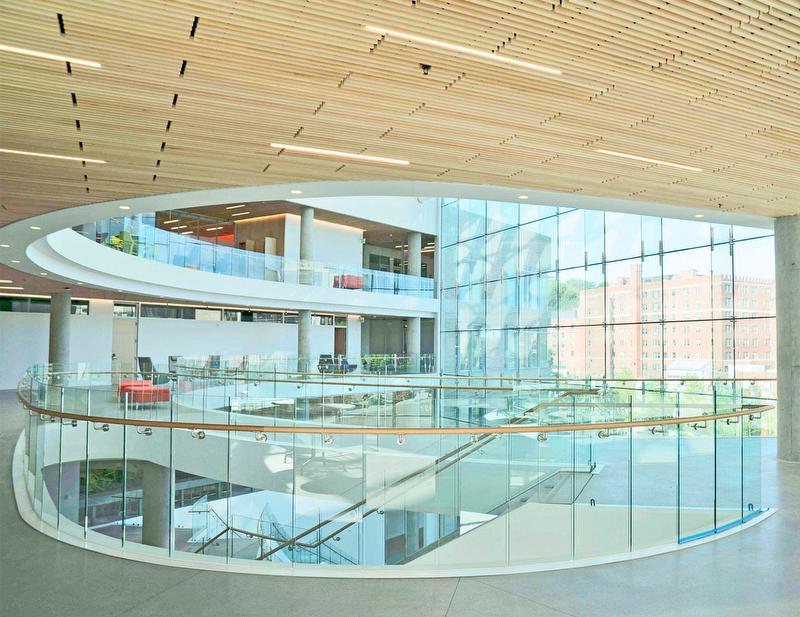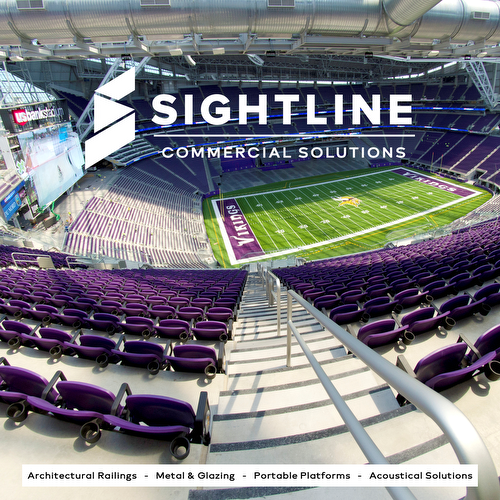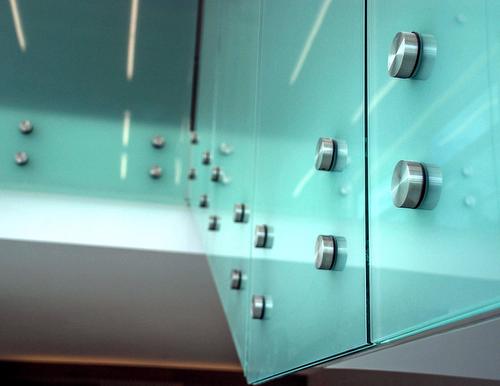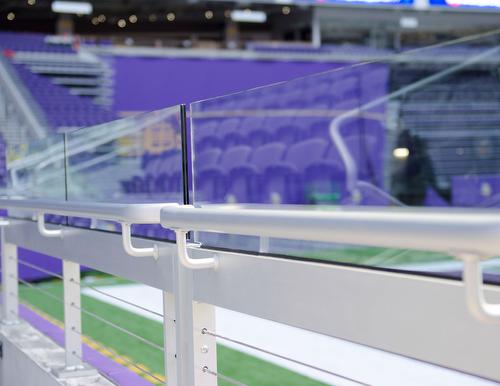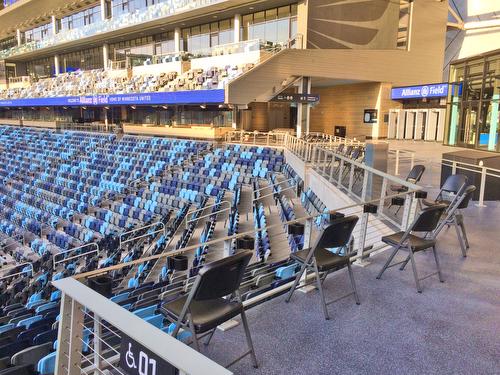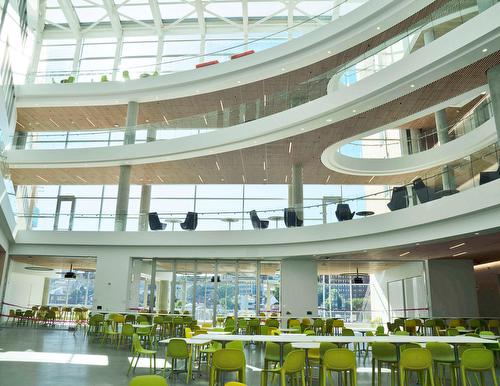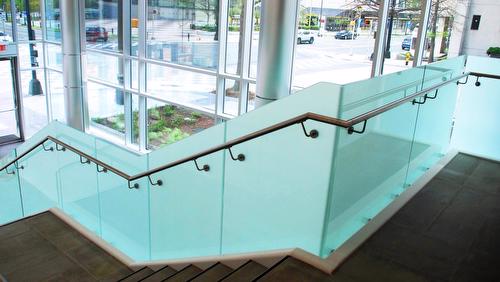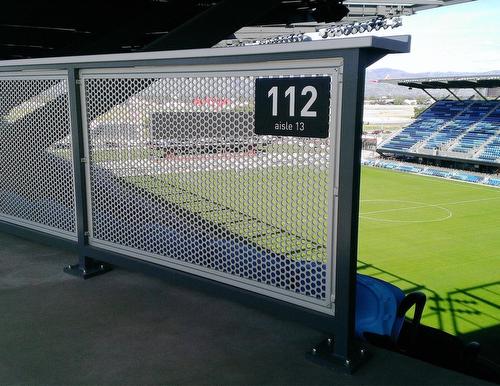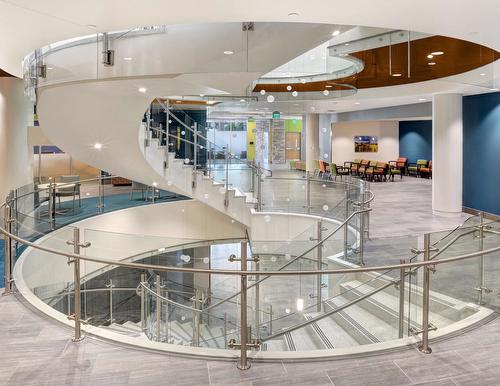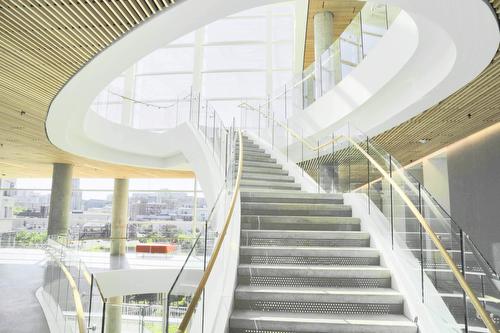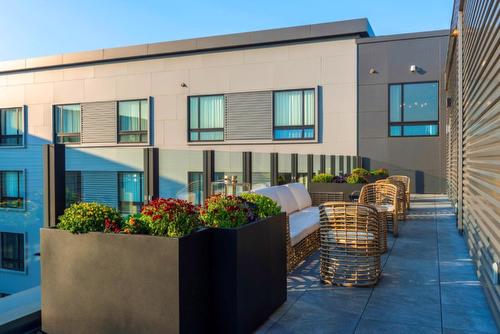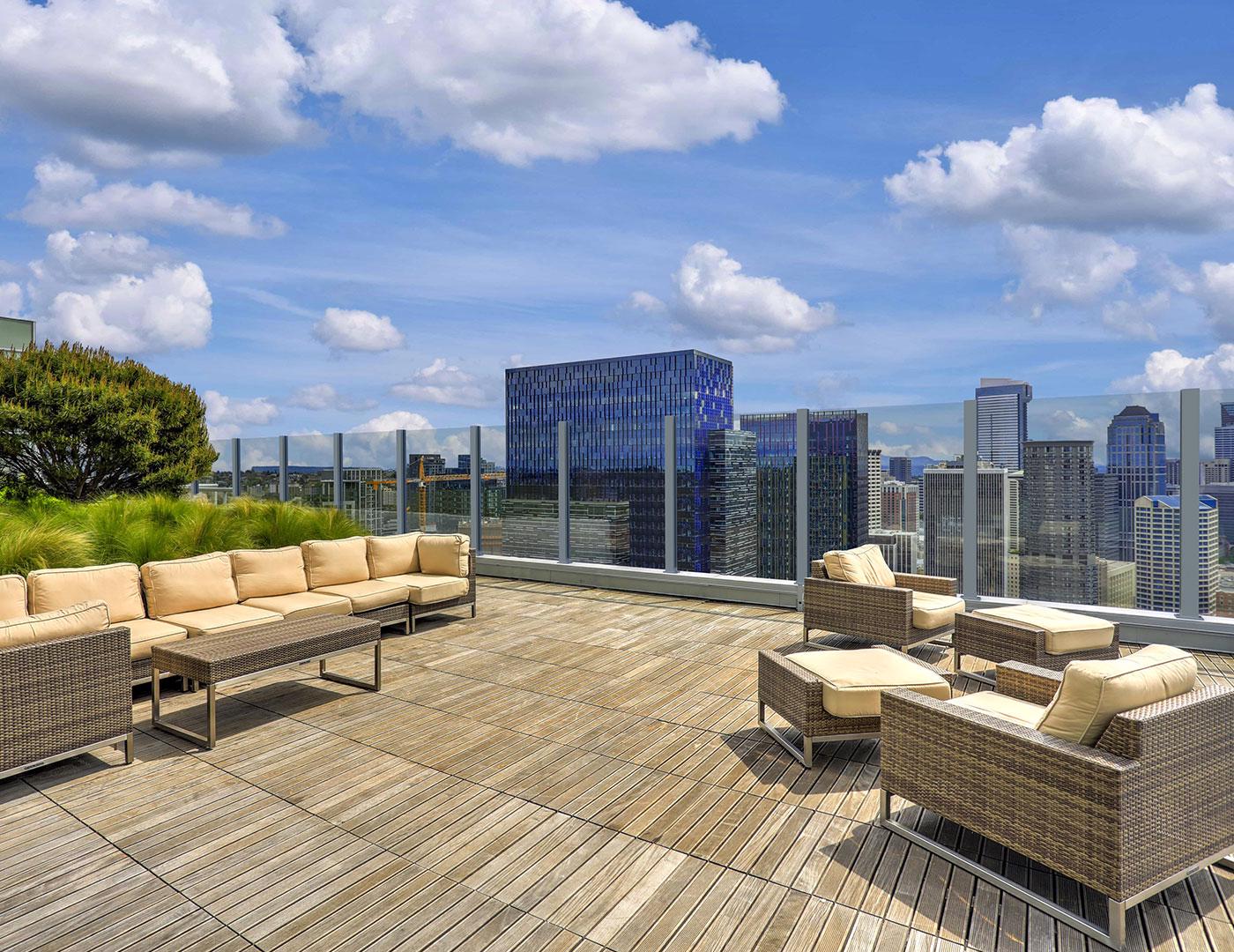

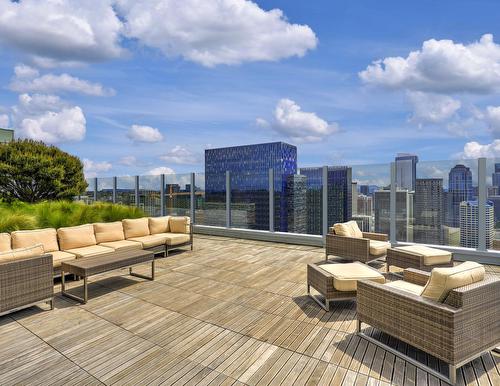
5 Considerations for Specifying Commercial Windscreen
Nov 28, 2023
For years, outdoor spaces have been rising in popularity across all types of commercial buildings – from hotels and high-rises to healthcare and office settings. Now, architects and building owners are faced with added incentive to integrate open-space into the exteriors of new and existing structures as they focus on making buildings safer and healthier in the wake of the COVID-19 pandemic.
Playing a vital role in ensuring the comfort and safety of al fresco areas are commercial windscreens. Beyond their primary purpose of providing wind protection, glass windscreen systems help with noise reduction, optimize views and add a sophisticated design element that enhances the exterior of any building.
While windscreens may be one of the last products to be installed, their specification should be considered early in the design process – ideally at concept – as the structure must be designed to support the system. Following are some critical aspects to consider when specifying a windscreen system:
Structural Compliance
First and foremost, windscreen designs must meet all national and local codes for structural and load requirements. At a minimum, systems must be IBC- and IRC-compliant and tested in accordance with AC439 – Evaluation for Glass Railings and Balustrade Systems. This testing evaluates static strength, impact resistance and wind pressure. If a design includes handrails, compliance with the Americans with Disabilities Act (ADA) Title III requirements for designing handrails for commercial facilities will come into play. Locally, it is important to confirm requirements related to glass railing systems with the building department. For hurricane regions or areas prone to high winds, field tests and modifications may be required based on local regulations.
As a supplier, I cannot emphasize enough the importance of working closely with the windscreen manufacturer at the onset of the design process. A knowledgeable partner will be able to provide valuable insight into options based on a project’s location, design and structural requirements.
Wind Loads
Windscreens are designed to withstand the force of high winds especially atop multi-story buildings. In most areas, these railing systems are required to withstand at least 91 kg (200 lb) of concentrated force at all times. Most systems are capable of handling wind loads of 10psf. However, higher elevations require greater resistance and may call for a more resilient, customizable product like the Ascent™ Glass Windscreen from Sightline Commercial Solutions, which is designed to withstand wind loads of up to 80psf (8x the industry standard) making it ideal for elevated applications.
Durability
Windscreens are designed for maximum durability using laminated glass infill and corrosion-resistant aluminum or stainless steel framing. These materials are also lightweight, have a superior strength-to-weight ratio and are available in a variety of protective finishes from powder-coat to anodize.
For structural integrity, fasteners should be selected based on the type, grade and class required to produce suitable connections for anchoring handrails and railings to other types of construction materials and that can withstand the project’s specific design loads.
Specifiers should also take thermal stress into consideration. Ideally, windscreens should allow for movements resulting from 120-degree F (49o C) changes in ambient and 180-degree F (82o C) surface temperatures.
Glass Selection
Glass selection will be determined primarily by the environment and wind load. The size, thickness and type of glass will need to comply with building codes and safety requirements. The IBC requires a minimum thickness of ¼-inch for monolithic tempered glass, laminated tempered glass or laminated heat-strengthened glass. At higher altitudes, the wind load increases, so thicker, heavier glass is needed to withstand the increased wind load. The IBC also requires that glass installed in exterior railing infill panels or balusters in wind-borne debris regions must be laminated to comply with safety glazing impact requirements. Special coatings, interlayers or films can also be added to reduce glare, provide UV protection or increase privacy.
Installation
As windscreen systems continue to advance, so do installation methods – allowing for quicker, safer and easier assembly. At Sightline Commercial Solutions, for instance, we use snap-fit aluminum posts, which allows for glass panels to be installed from the front rather than from the top of the post system. This reduces installation time, which can lower labor costs and help keep a project within or even under budget while providing a safer installation method.
There’s no question outdoor amenities will continue to be in high demand throughout the commercial construction arena. Whether you’re looking to create a relaxing rooftop terrace, an outdoor pool area, a therapeutic healing garden or a high-rise balcony space, a well-designed windscreen system can provide protection, privacy and panoramic views. So, while the pandemic may have upended many things, enjoying the beauty and benefits of the great outdoors doesn’t have to be one of them.
For more information about commercial windscreen systems, visit www.sightlinecommercial.com.
About the Author
Jon Chase is Chief Engineering Officer for Sightline Commercial Solutions, a leading fabricator and global supplier of architectural railing, metal, glazing and portable platform solutions for the commercial, sports venue, live entertainment and performing arts industries. Since 1990, the company has specialized in providing innovative solutions for the most complex challenges. For more information, visit www.sightlinecommercial.com.
